As entire countries fall ill, China offers hope
The region of Oceania (Papua New Guinea, Australia, New Zealand and the Pacific Islands) generally receives little attention in contemporary geopolitical analysis. However, this region is strategically important in terms of the US continued efforts for control over South East Asia. This is also where the largest and most decisive parts of the Pacific front of the Second World War took place.
Most of the countries in the region are either US allies or dependent territories. At the same time, China is trying to establish its influence in the region. The confrontation between China and the US has intertwined with the novel coronavirus pandemic.
Australia, the regional leader, which traditionally acts as a US stronghold in the fight against the Chinese, is now engrossed in the fight against coronavirus. China, which has recovered from the virus, may use this confluence of circumstances to strengthen its position in the region.
Australia: largest outbreak
Australia is the largest country in the region, and a regional leader in the number of new COVID-19 cases. On April 8, there were 5,956 people infected with the virus, more than the far more populous Japan and Malaysia.
The first case of COVID-19 was reported by a passenger from China who arrived in Australia on January 25, 2019. Meanwhile, 24 Australians were infected on the infamous Diamond Princess cruise ship.
The Australian Health Sector’s Emergency Response Plan for Novel Coronavirus was activated on 27 February due to an increase in the number of cases. The first cases of community transmission of the virus were confirmed. Actor Tom Hanks and his wife Rita Wilson who were in Australia at the time were infected with the coronavirus and hospitalized in Queensland.
On March 13, for the first time since the Second World War, Australia’s National Cabinet was established – an expanded government that acts in the circumstances of an emergency akin to a war cabinet. For the first time in the history of the country it includes representatives from Australian states and territories.
On March 18, a human biosecurity emergency was declared in Australia giving the Prime Minister Scott Morrison special powers. However, alongside the federal measures, different states announced more strict rules.
Thus, on March 22, Morrison announced the closure of public meeting venues, including clubs, hotels and bars, entertainment venues including cinemas, casinos, nightclubs, churches, synagogues, temples and mosques. Restaurants and cafes may only operate on a takeaway basis. At the same time, the Prime Minister did not close the schools, but recommended parents to keep their children at home.
#bondibeach before & after #Covid_19australia #COVID19 #Covid_19 pic.twitter.com/MgZu1iZaxf
— Sattar Shakari (@SattarShakari) April 6, 2020
The Victorian and New South Wales state governments have announced the closure of all nonessential services. On March 29 the Prime Minister of Australia announced that citizens can leave their homes only for 4 reasons: purchase of basic necessities, work and study, purchase of medicines and outdoor exercise (no more than 2 people together).
Among the measures taken to ensure the country’s economic security during the epidemic is the tightened rules on foreign investment. Any proposed investment by a foreign person in developed commercial land, mining and production tenements and agricultural land now requires Foreign Investment Review Board (FIRB) approval. The main goal is to prevent foreign companies from buying up Australian firms at a cheap price during the crisis.
The Australian government took a number of measures in coordination with neighboring New Zealand. Thus, since March 15, it was decided to isolate all those who stay in Australia for 14 days. Since March 20, Australia has closed its borders to all non-Australians. At the same time, similar measures had been announced by the New Zealand Government.
New Zealand: rapid response
According to the World Health Organization, 969 cases of the novel coronavirus were registered in New Zealand. The first case of the novel coronavirus was registered in the country on 28 February 2020.
Since March the country has imposed a national lockdown, with citizens only allowed to leave home for necessary products, sports or work . Since March 20, the country’s borders have been closed to all except New Zealanders.
Specifics of the New Zealand health system: a special programme based on Maori values (Whānau Ora (“family health”). The Whānau Ora program is not specific to the individual, but to support the family as a whole. $56.4 million has been announced as the help to Maori during the coronavirus outbreak. The special measures were announced to soften the impact of epidemics on the poor, i.e. negotiations with banks to ensure that nobody would lose their homes, because of the problems with mortgage payments.
According to the New Zealand edition of Newsroom, New Zealand is better coping with the virus than countries with similar size, culture and population. The number of cases and dynamics of COVID-19 are lower than in Singapore, Australia, Israel, Norway, Denmark and Ireland. The number of cases and dynamics of COVID-19 is lower than in Singapore, Australia, Israel, Norway, Denmark and Ireland.
One of the reasons for New Zealand’s success is the early quarantine for all coming to the country after 8 people were infected. In terms of the number of cases it was also the earliest to close all borders. New Zealand also established a total lockdown very fast – when there were 262 people infected. According to a study by Colmar Brunton market agency 88% of Kiwis trust government action, which is well above the G7 average of 59%.
Papua New Guinea: the unprepared country
Only one case of COVID19 is registered in Papua-New Guinea according to the WHO. On January 30, the Government of Papua New Guinea closed its border with Indonesia and denied entry to the country from Asian countries.
Despite only one case of COVID-19, executives warn that the country’s health system is not ready for a possible outbreak. At the end of March, the 4,000 nurses announced a strike because of protective equipment, including medical masks.
The World Bank reports that resource export-focused economies, such as Papua New Guinea, will likely see a collapse of government revenue linked to falling oil and gas prices, because of the coronavirus’ impact on the oil consumption.
Against this backdrop, Australia seeks to present itself as the main protector of the Pacific countries on the world arena. In late March, Prime Minister Scott Morrison of Australia called on the G20 to help Pacific nations and announced that Canberra was ready to relocate its development assistance. According to the ABC the Australian government prepared a $22 million assistance package to Papua New Guinea.
China is also seeking to strengthen its influence. Earlier, China’s ambassador to Papua New Guinea Xue Bing said 2,000 testing kits, face masks and goggles were ready to be shipped from China to Papua New Guinea.
Guam: American infection
Guam is the Pacific region’s COVID-19 hotspot, with 113 positive cases reported. The island is a US territory and home to the largest American naval base in the Pacific, from which the US projects its power across the region. At the same time, the island is also visited by tourists from South East Asia.
A Public Health Emergency was declared on Guam on March 22 and was extended until May 5. All non-essential activities are restricted. At the same time, the Governor of the US colony approved the release on the island of 3,000 sailors from USS Theodore Roosevelt where an outbreak of COVID-19 was registered.
Locals naturally objected to the release. Politicians and community groups protested to Guam’s Governor Lu Leon Guerrero, who allowed the infected American military to come to shore. According to them, the decision to station sailors from an infected aircraft carrier in local hotels threatens the lives of local staff.
Other countries and territories in Oceania: American Samoa, The Federated States of Micronesia, Solomon Islands, Cook Islands, Marshall Islands, Kiribati, French Polynesia and other imposed travel bans. So far, the numbers of those infected are not high, but for the inhabitants of these island countries COVID-19 may be particularly dangerous because of low immunity to imported diseases. The virus will also affect the tourism industry, which is the backbone of the economy of most of these tropical countries.
The US did not present serious plans to help Pacific countries to fight COVID-19. China, on the contrary, offers help.
The Solomon Islands received $300,000 aid from China. Kiribati Vanuatu, Tonga and French Polynesia also received offers from China for medical assistance. As we mentioned the traditional donor of the Pacific countries – Australia also wants to strengthen its position by offering assistance.







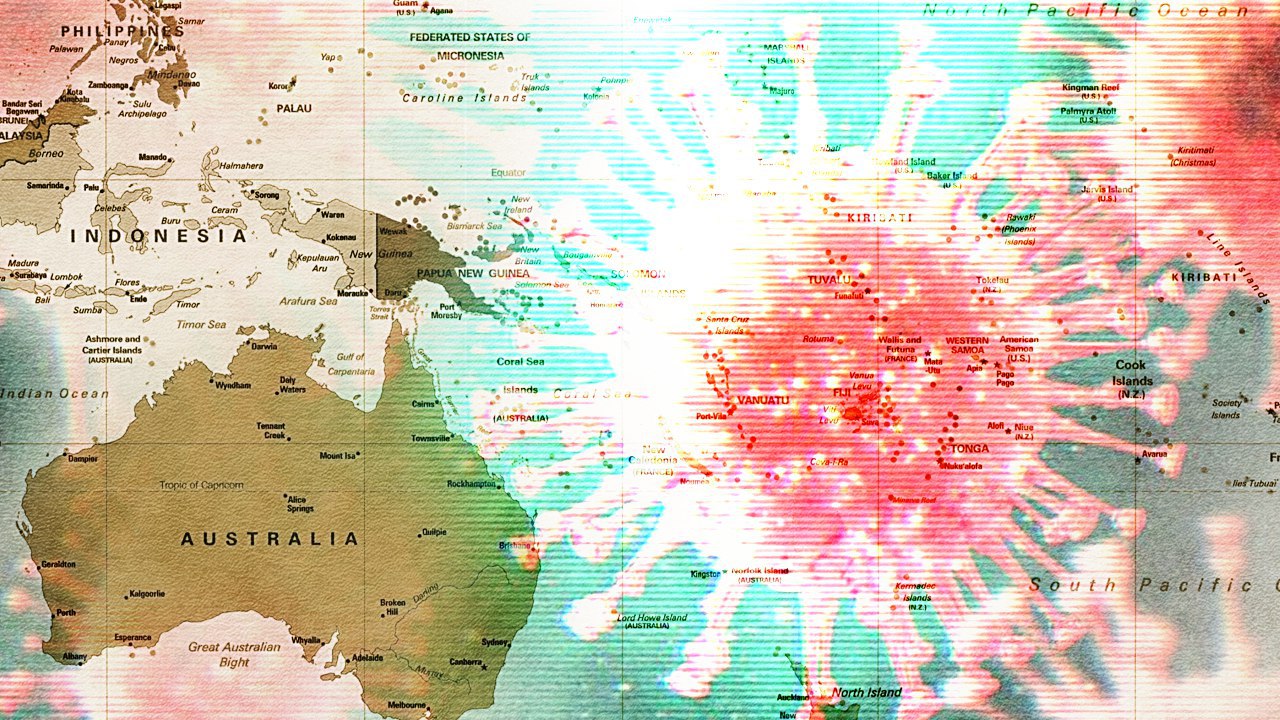



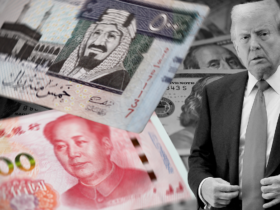
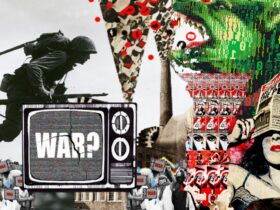
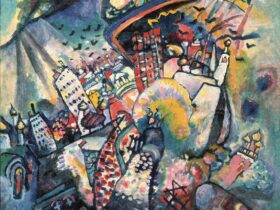
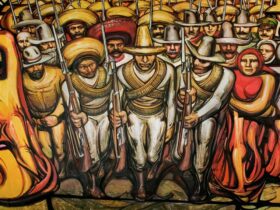
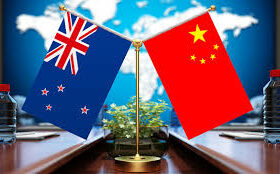

Leave a Reply